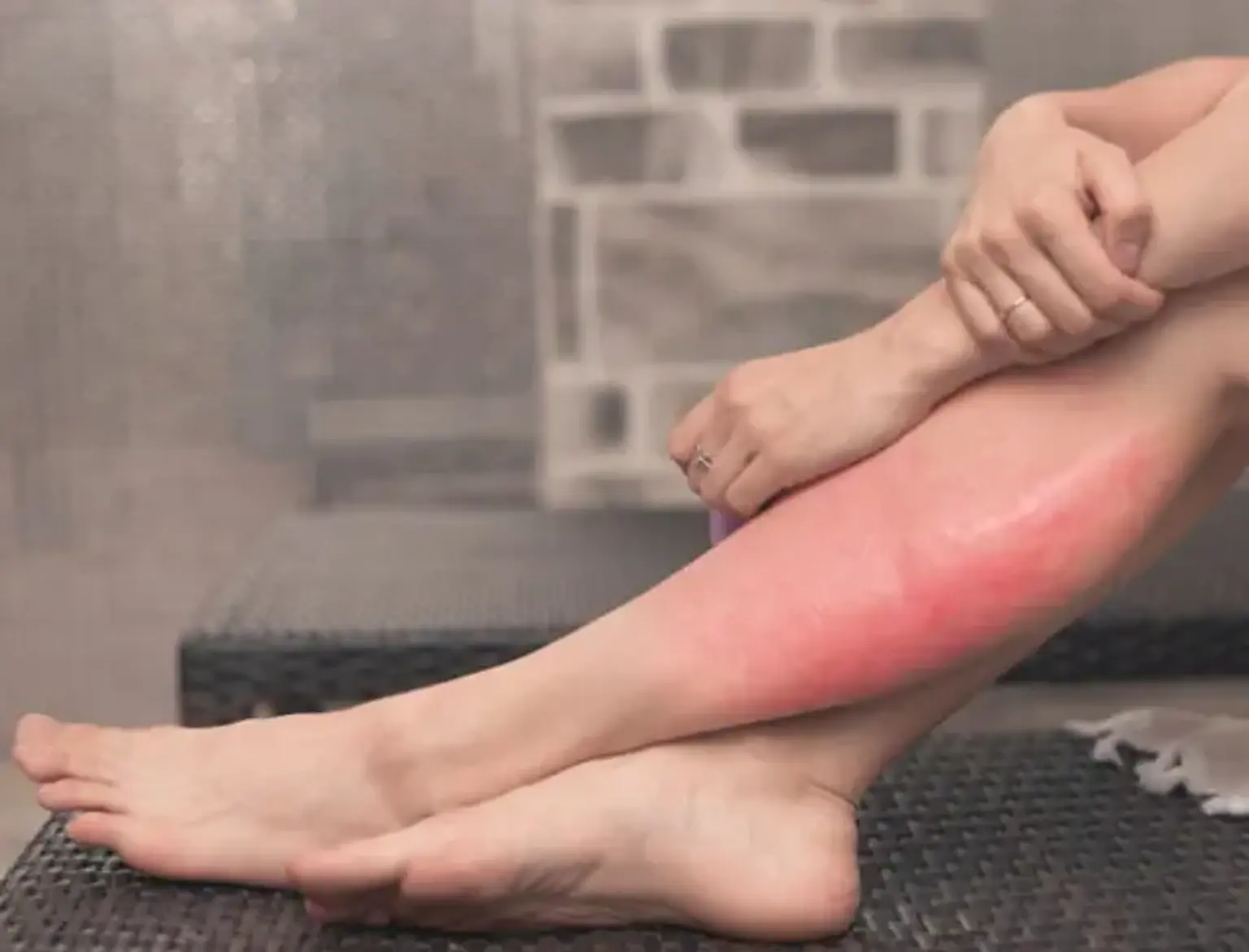Introduction
Cellulitis is a bacterial skin infection that causes redness, swelling, and pain. It usually happens when bacteria like Streptococcus or Staphylococcus enter the skin through a cut or injury. While cellulitis can affect anyone, those with weakened immune systems, diabetes, or poor circulation are at higher risk.
If left untreated, cellulitis can spread quickly, leading to complications such as abscesses or sepsis. However, with prompt antibiotic treatment, the infection is usually manageable. In countries like South Korea, which have advanced healthcare systems, cellulitis treatment is efficient and tailored to each patient's needs. This article explores the different types of cellulitis, its causes, symptoms, treatment options, and recovery processes.
Types of Cellulitis and Their Symptoms
Acute vs. Chronic Cellulitis
Acute Cellulitis: This form develops rapidly, often within hours or days, causing redness, warmth, swelling, and pain. The affected skin may appear shiny and stretched. If untreated, symptoms worsen quickly.
Chronic Cellulitis: This occurs when cellulitis persists or recurs over a long period. Chronic cases can lead to ongoing swelling, skin thickening, and frequent flare-ups.
Both types are typically treated with antibiotics, but chronic cellulitis may need more intensive management to prevent repeated episodes.
Erysipelas and Its Symptoms
Erysipelas is a subtype of cellulitis that affects the skin's upper layers, usually causing a sharply defined red patch. It’s often caused by Streptococcus bacteria and commonly affects the face, legs, or arms. Erysipelas is marked by fever and is often easier to treat than other types of cellulitis. However, without treatment, it can spread to the bloodstream or cause abscesses.
